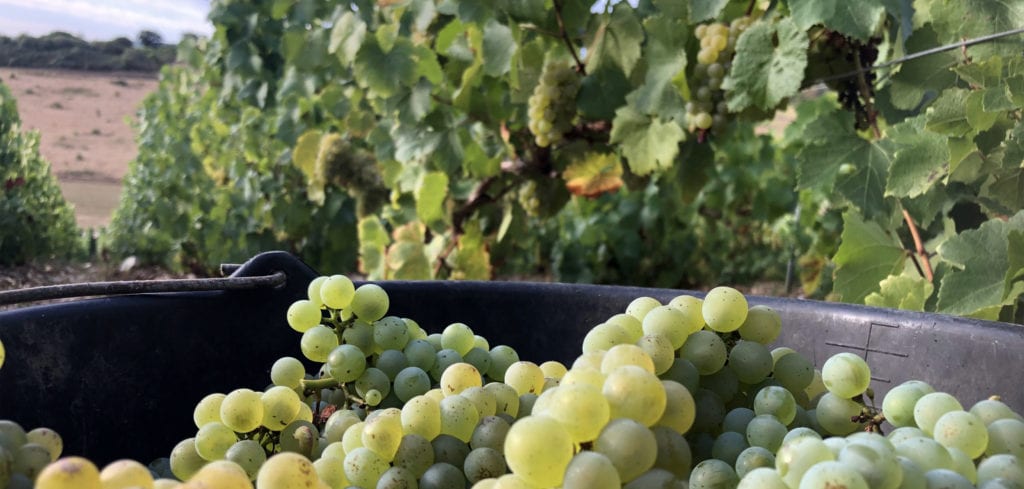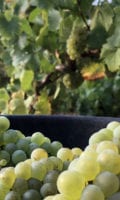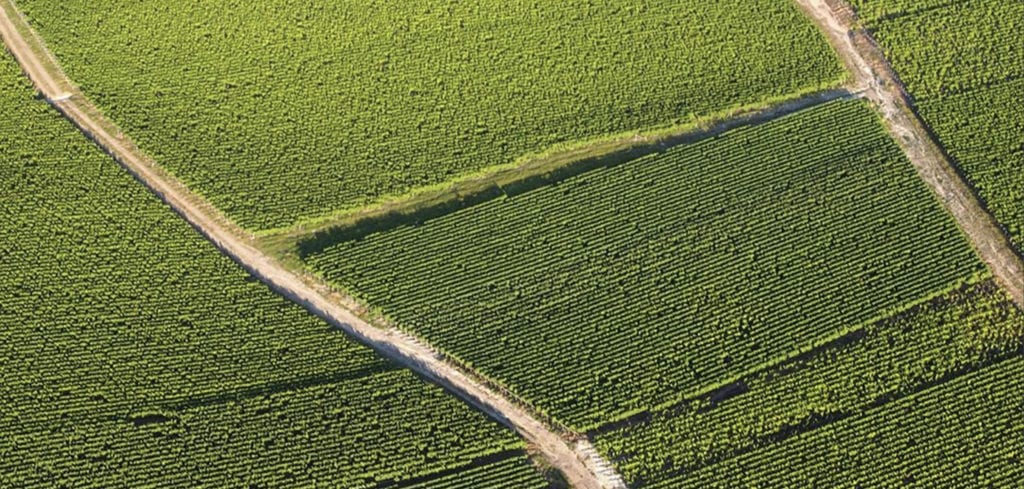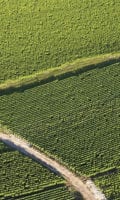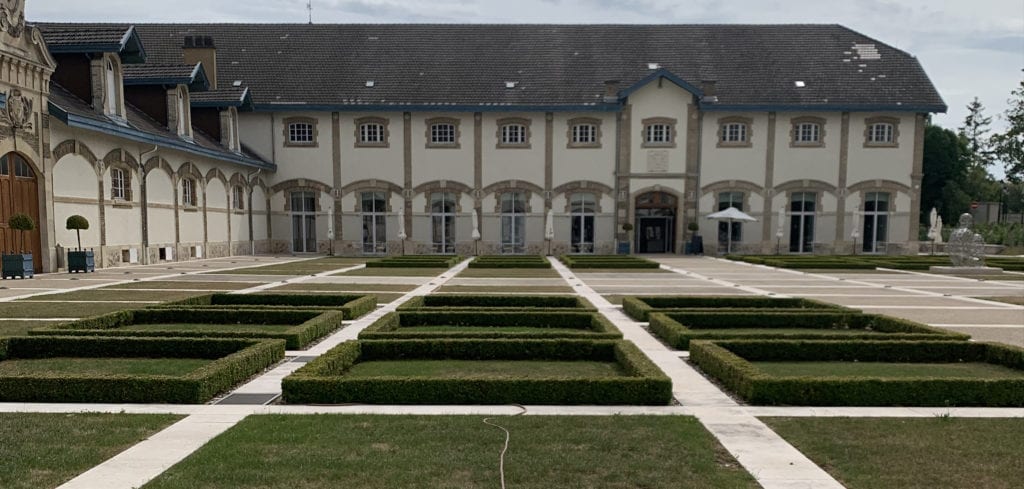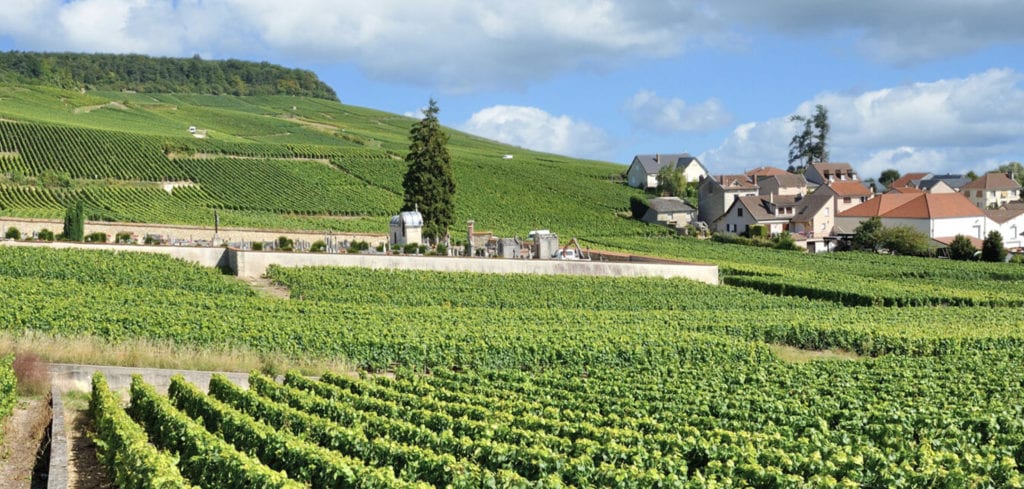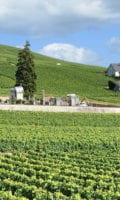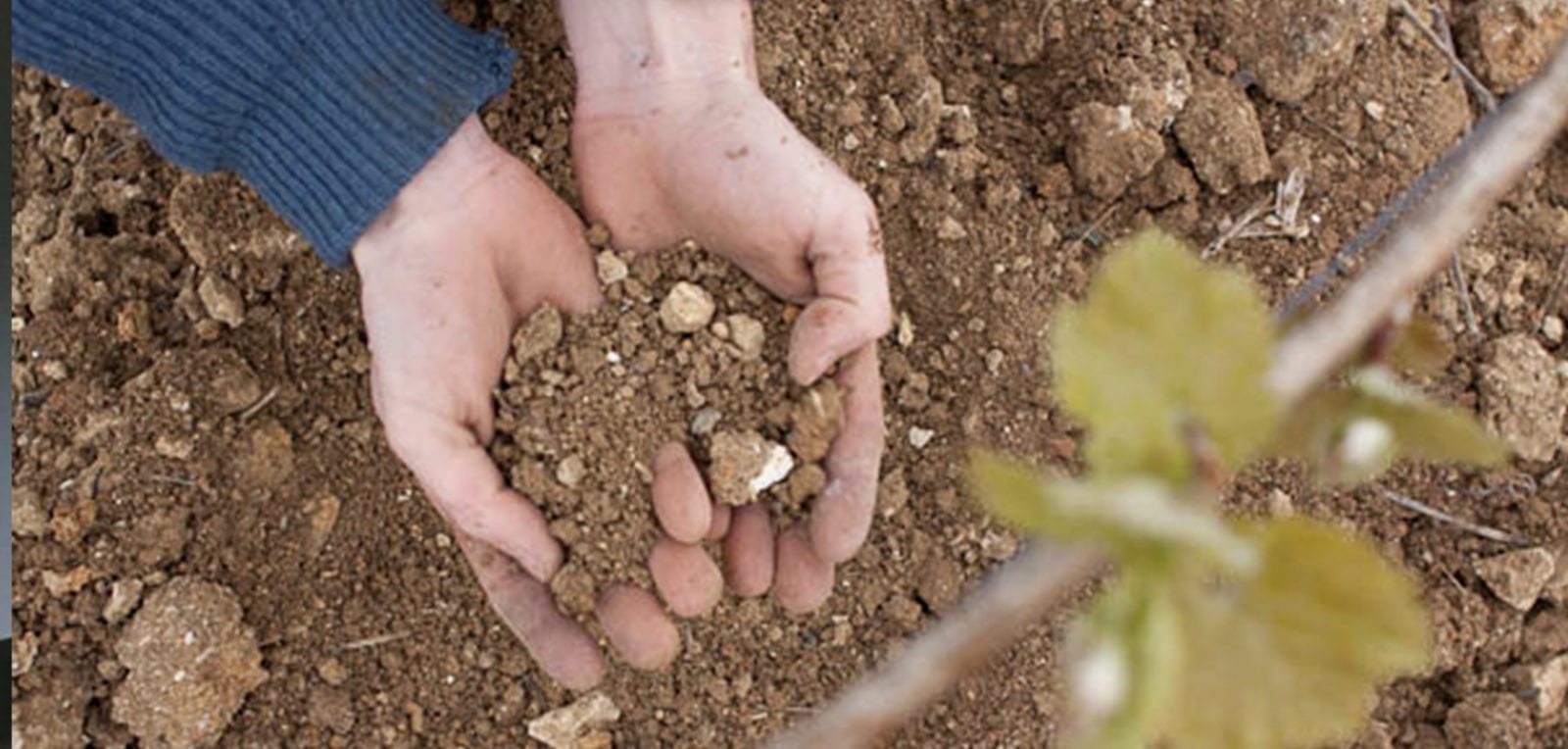
The subsoil of Champagne consists of limestone, chalk and marl. The Champagne chalk has formed from skeletons of marine microorganisms. It is also known as "belemnite chalk" because it contains molluscs of that name from the secondary age. This type of soil, dating from the cretaceous age, is found in the heart of the growing area between the "Montagne de Reims" and the "Côte des Blancs". The chalk is highly porous and is able to store 300 to 400 litres of water per cubic metre, so that even in extremely dry summers the water supply of the plants is guaranteed. It also produces the unmistakable mineral note of some Champagne wines.
There are effective regional differences in the soil in this rather manageable area of Champagne. Its own distinctive "terroir" inspires the passion of Champagne winemakers, who for centuries have practised mastering the difficult conditions of their particular vineyard and climate, working with its idiosyncrasies and complexity to create wonderfully unique wines.
A Champagne viticultural terroir is an area-based concept whose main characteristics - climate, soil, subsoil as well as relief - set the particular framework for a mosaic of micro-terroirs with unique characteristics that thousands of Champagne winemakers bring to optimal fruition thanks to their expertise.


